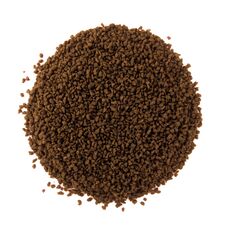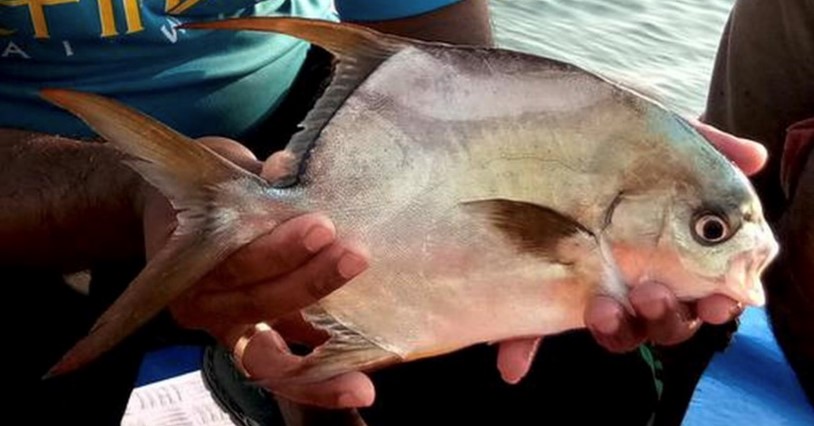
Intensive
Among the many high-value tropical marine fish that can be produced, pompano, Trachinotus spp, is one of the most important, mainly due to its rapid growth rate, good meat quality and high market demand.
Among the many high-value tropical marine fish that can be produced, pompano, Trachinotus spp, is one of the most important, mainly due to its rapid growth rate, good meat quality and high market demand.
This species is recorded in Indian coastal catches since 1956 and is caught only sporadically in commercial fishery. Pompano aquaculture has been successfully established in many countries in Asia and the Pacific, including Taiwan and Indonesia. The species is pelagic, very active and capable of acclimating to low salinities.
- Distribution: pompano is part of a group of pelagic fish and predators that move close to the coast, widely distributed around the world. The genus Trachinotus consists of some 20 species, most of which are recognised as edible fish and recorded in commercial fisheries. Most are in schools and are found mainly in coastal and salt water environments (especially juveniles), while others are oceanic. They are distributed from shallow waters to a depth of 60 m. In the Indo-Pacific region, its importance in Indian fishery is very significant. Pompano aquaculture is carried out in China, India, Indonesia, Philippines, Taiwan, Thailand and Vietnam.
- Feed: Adults feed mainly on molluscs and other hard-shell invertebrates.
- Farming: In ponds, tanks, salt water cages and floating marine cages.
Repro: They reach sexual maturity when they reach about 1 kg of weight. The number of eggs spawned by pompano breeders is around 50,000 to 150,000. Fertilised eggs float and are collected gently with a net of 500 μm. To minimise the presence of poor quality ova, which usually float deeper in the water, only the ova found on the surface of the water are usually collected. Ova samples should be thoroughly examined for quality, number and development status using a microscope.



